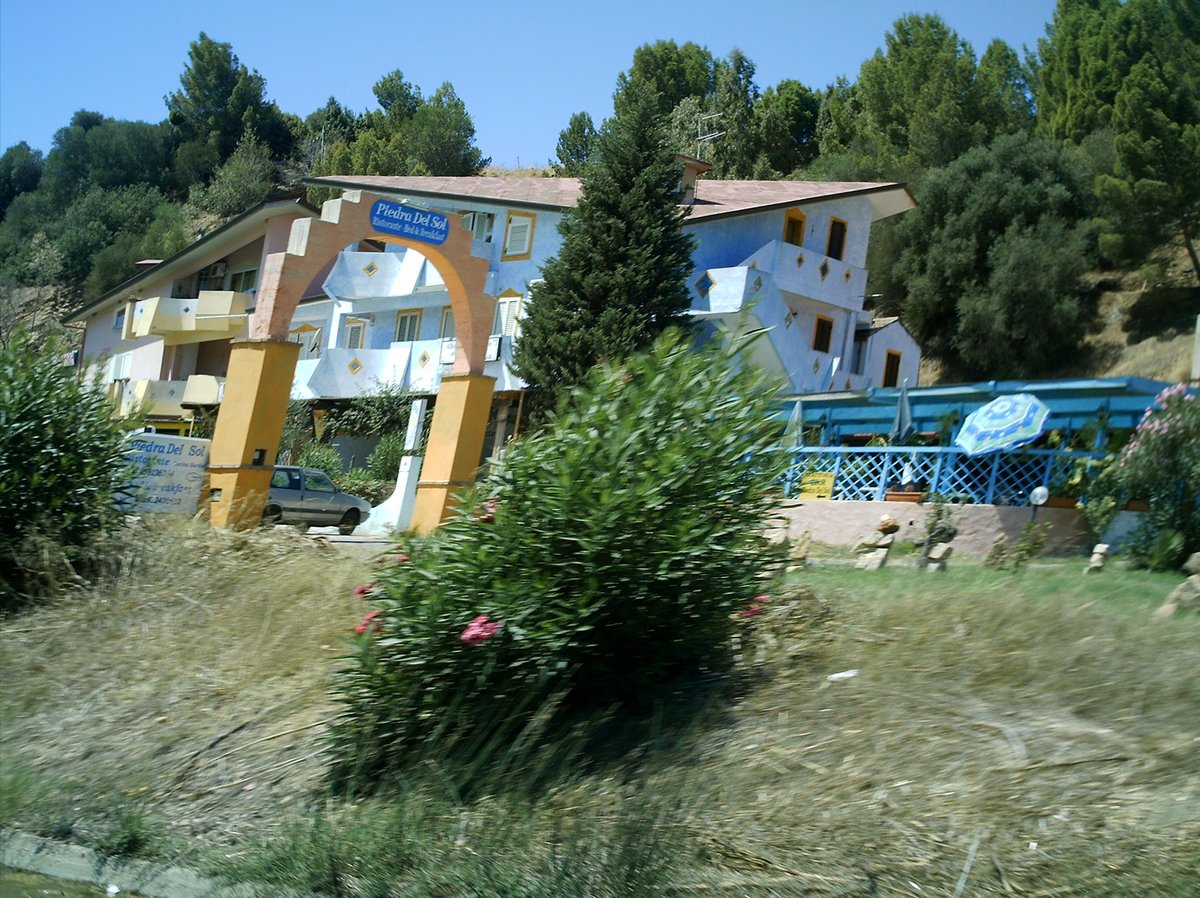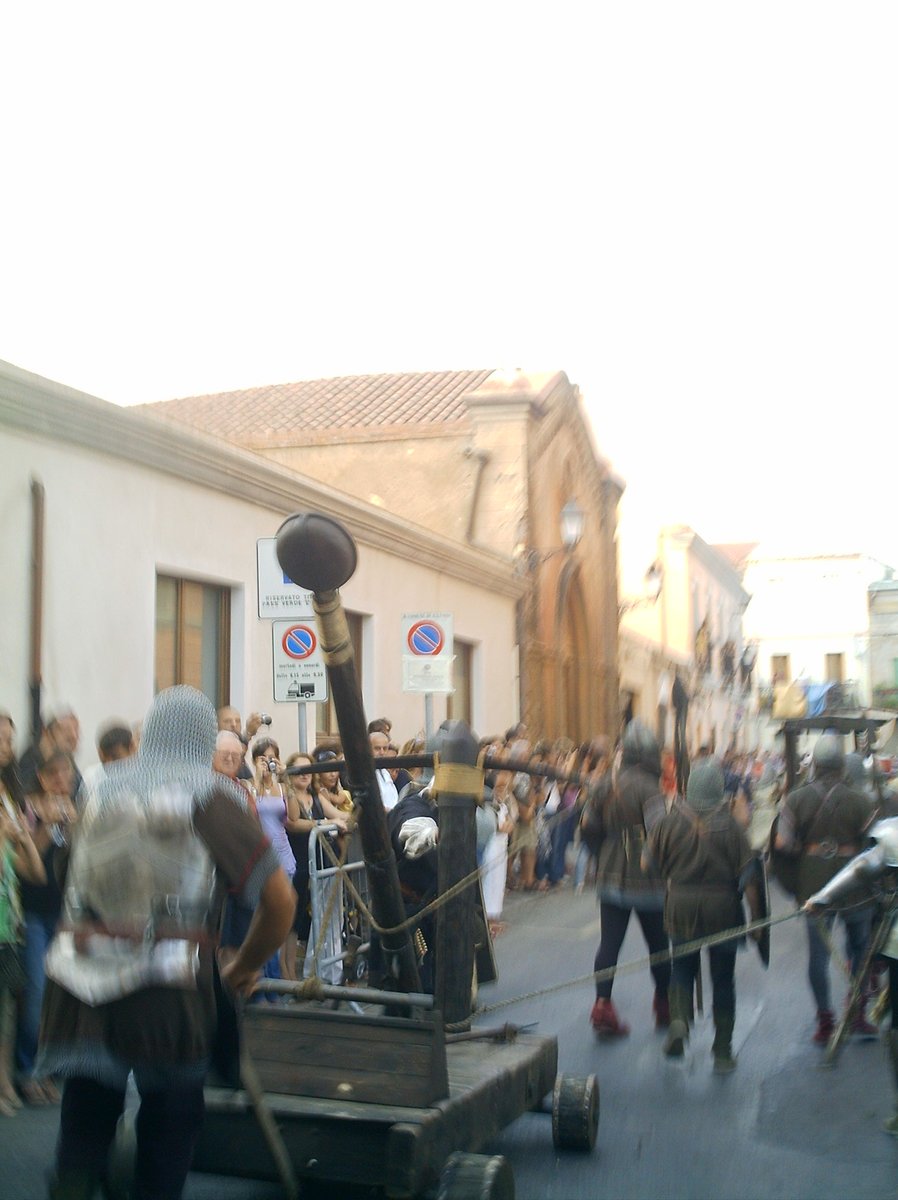
Looking through old pictures that I took and I realised that not only I didn't have sense for straight lines but also some videos can't be played because codecs are obsolete 🙃 Don't even look at me
These pictures have a creepy feeling and I don't actually know why... Everything was bluer on that camera 







That camera was strange. Instead of blurred pictures when moving, it looked like this ⬇️ No, the tree is like that for real. 







And then you have a casual picture which actually looks good 😂🤣 And thinking I always call the last beach "ugly". Sardinians are rather spoiled 😄😄 





And this is when we s**t ourselves when they had the catapult shoot (without projectile 🤪), but they didn't warn us. 

• • •
Missing some Tweet in this thread? You can try to
force a refresh













